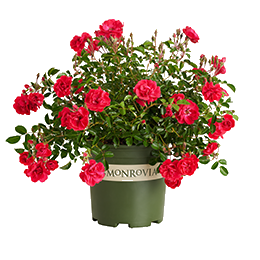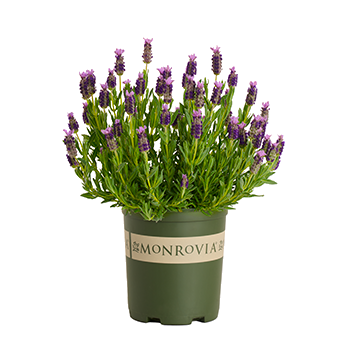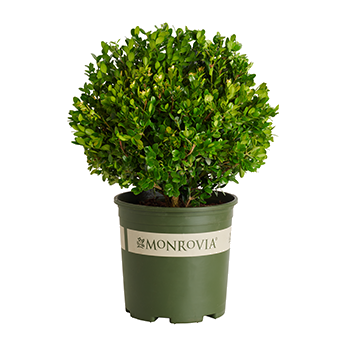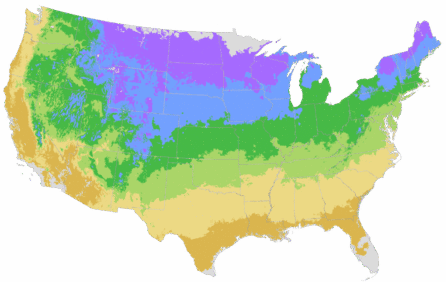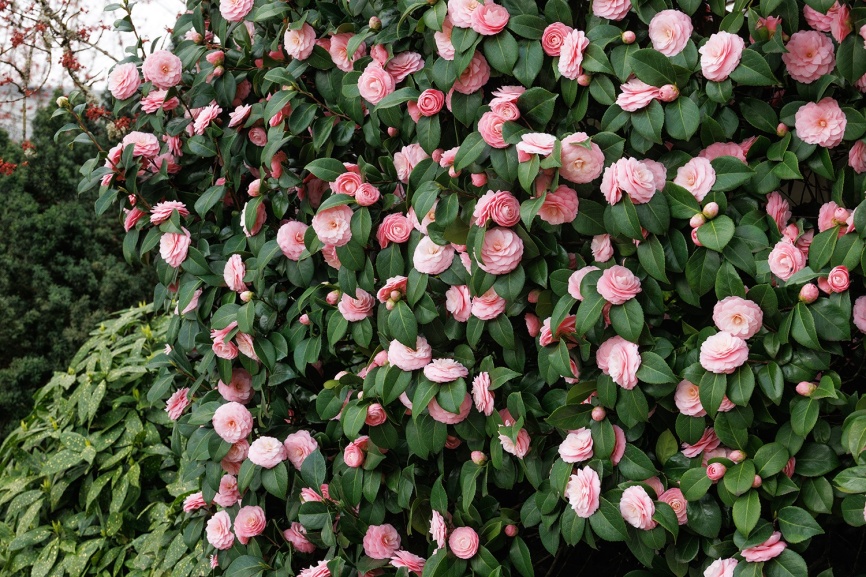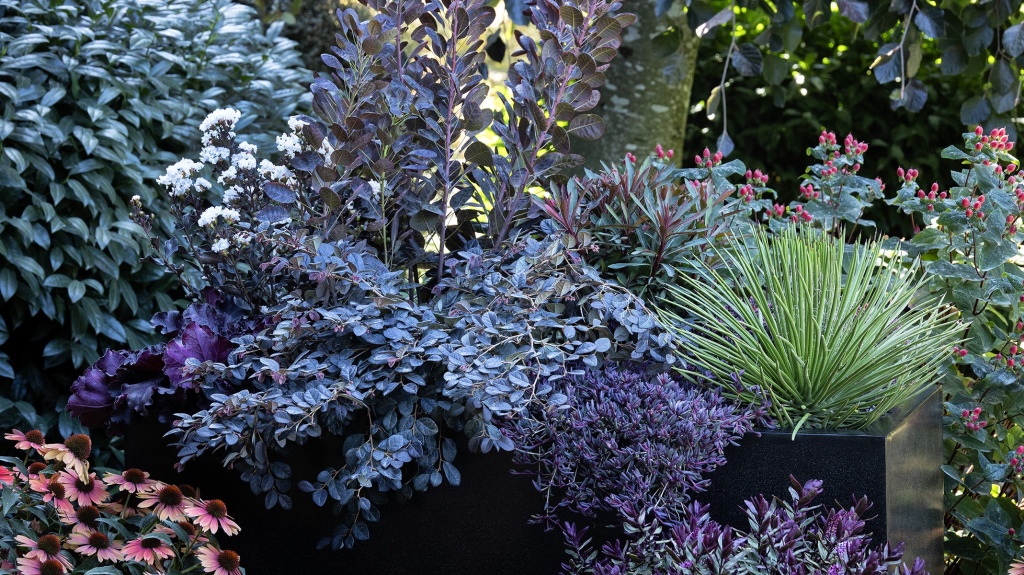You're growing in this Zip Code:
Change LocationDiscover Plants for Your Area
Daphne Spirea
Spiraea japonica 'Alpina'
Retailers Near You
| Description | Dwarf, spreading mounds display masses of showy pink flower clusters on a bed of blue-green foliage. Excellent in mass plantings and low hedges, or as a border accent or single specimen. Good cut flowers for arrangements. Deciduous. |
|---|---|
| Bloom Time | Summer |
| Deciduous/Evergreen | Deciduous |
| Special Features | Attracts Butterflies, Easy Care, Attracts Pollinators, Compact Form |
| Problems/Solutions | Rabbit Resistant |
| Growth Rate | Moderate |
| Growth Habit | Spreading |
| Flower Attributes | Flowers for Cutting, Showy Flowers |
| Landscape Use | Border, Container |
| Design Ideas | Colorful filler for sparse mixed shrub beds and borders. Mass to create low maintenance groundcover. Use to edge sidewalks or lawn for tidy transitions. |
| Flower Color | Pink |
| Foliage Color | Blue-green |
| Companion Plants | Spruce (Picea); Rose of Sharon (Hibiscus syriacus); Potentilla (Potentilla); Feather Reed Grass (Calamgrostis); Barberry (Berberis) |
| Care Instructions | Grows easily in average, well-drained soils. Follow a regular watering schedule during the first growing season to establish a deep, extensive root system. Fertilize before new growth begins in spring. Prune spent blooms after flowering. |
| History | This large group of ornamental shrubs falls into the Rose family. It is named from the Greek speria or wreath due to long whip-like growth of the European species S. salicifolia that is easy to weave into wedding bouquets, garlands and wreaths. In Japan this species was identified first by Carl Thunberg as S. callosa and later introduced to the West about 1870. It is a strong pink flowered parent of the dwarf bumalda spiraea clan |
| Lore | Spiraeas are known as bridalwreath because they bloom during the wedding season and have a long history of decorating those celebrations. |
| Description | Dwarf, spreading mounds display masses of showy pink flower clusters on a bed of blue-green foliage. Excellent in mass plantings and low hedges, or as a border accent or single specimen. Good cut flowers for arrangements. Deciduous. |
|---|---|
| Bloom Time | Summer |
| Deciduous/Evergreen | Deciduous |
| Special Features | Attracts Butterflies, Easy Care, Attracts Pollinators, Compact Form |
| Problems/Solutions | Rabbit Resistant |
| Growth Rate | Moderate |
| Growth Habit | Spreading |
| Flower Attributes | Flowers for Cutting, Showy Flowers |
| Landscape Use | Border, Container |
|---|---|
| Design Ideas | Colorful filler for sparse mixed shrub beds and borders. Mass to create low maintenance groundcover. Use to edge sidewalks or lawn for tidy transitions. |
| Flower Color | Pink |
| Foliage Color | Blue-green |
| Companion Plants | Spruce (Picea); Rose of Sharon (Hibiscus syriacus); Potentilla (Potentilla); Feather Reed Grass (Calamgrostis); Barberry (Berberis) |
| Care Instructions | Grows easily in average, well-drained soils. Follow a regular watering schedule during the first growing season to establish a deep, extensive root system. Fertilize before new growth begins in spring. Prune spent blooms after flowering. |
|---|
| History | This large group of ornamental shrubs falls into the Rose family. It is named from the Greek speria or wreath due to long whip-like growth of the European species S. salicifolia that is easy to weave into wedding bouquets, garlands and wreaths. In Japan this species was identified first by Carl Thunberg as S. callosa and later introduced to the West about 1870. It is a strong pink flowered parent of the dwarf bumalda spiraea clan |
|---|---|
| Lore | Spiraeas are known as bridalwreath because they bloom during the wedding season and have a long history of decorating those celebrations. |
Retailers Near You
About Us
We have been pioneers and craftsmen in the art of growing plants for nearly
100 years. Since our founding in Southern California by Harry E. Rosedale, Sr.
in 1926, we have been absolutely dedicated and obsessed with quality.
We have been pioneers and craftsmen in the art of growing plants for nearly 100 years. Since our founding in Southern California by Harry E. Rosedale, Sr. in 1926, we have been absolutely dedicated and obsessed with quality.
